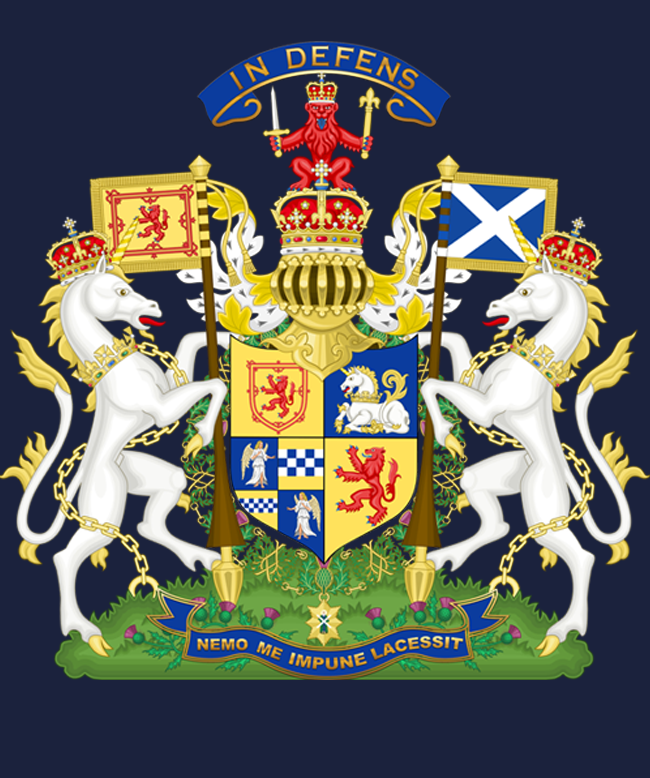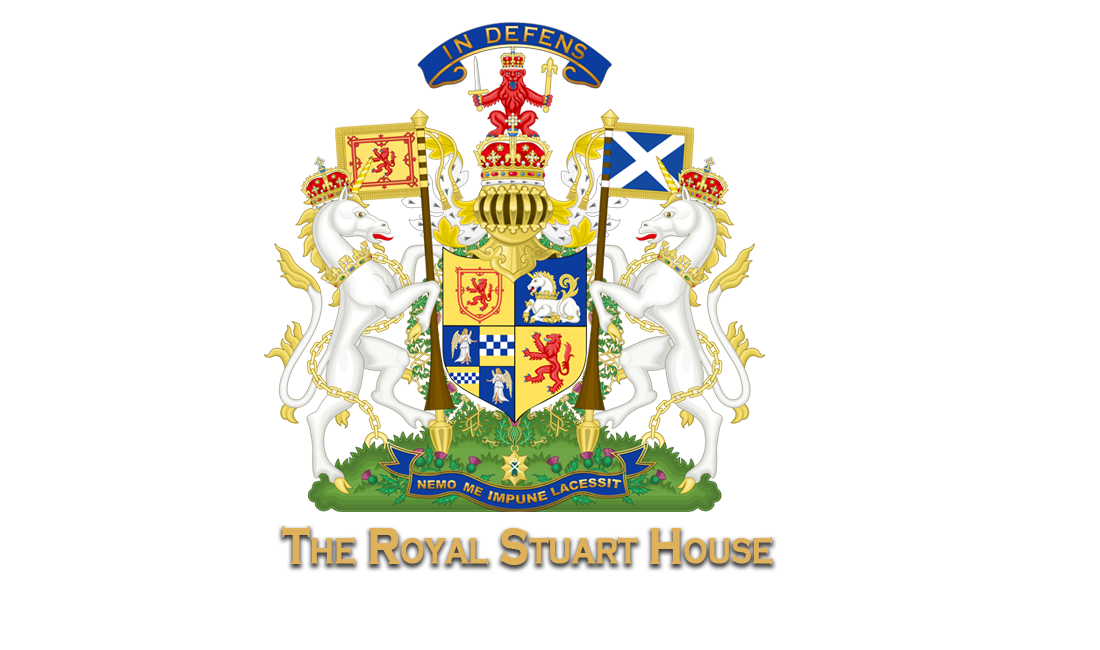
The Royal Stuart House
The Royal Stuart House Dynasty, originally known as Stewart, boasts a rich and intricate history that spans several centuries, influencing not only Scotland but also England, Ireland, and later Great Britain. The Stuart name is derived from the esteemed position of the High Steward of Scotland, a role first established by the family’s progenitor, Walter fitz Alan, in the mid-12th century, around the year 1150. Walter fitz Alan’s descendants carried the title and power of High Steward, with the name Stewart becoming the established family surname by the time of his grandson, Walter Stewart. This name would go on to define one of the most consequential royal dynasties in British history.
The rise of the Stewart family to royal prominence began with the reign of Robert II of Scotland in 1371. He was the first monarch of the Stewart line, succeeding his father, King Robert the Bruce. As King of Scots from 1371 until his death in 1390, Robert II began a legacy that would stretch over two centuries. His reign marked the beginning of the Stewart dynasty’s dominance in Scotland, and, after the Union of the Crowns in 1603, the family’s influence extended to the English and Irish thrones. This union created Great Britain and solidified the Stewarts’ rule across the British Isles. The royal line of the Stewarts continued uninterrupted until the death of Queen Anne in 1714, marking the end of their direct line in the throne of Great Britain.
The history of the Stewart family is inseparable from the figure of Robert the Bruce (1274–1329), one of Scotland's most revered heroes. While not a direct Stuart ancestor, Robert the Bruce’s legacy had a profound influence on the family. As King of Scots, Robert the Bruce famously led Scotland in the wars for independence against England. His triumph at the Battle of Bannockburn in 1314 was pivotal in securing Scottish independence, and his leadership continues to inspire Scottish pride and identity. The Stewarts, by virtue of their royal bloodline, were instrumental in carrying forward the values of independence and Scottish sovereignty that Robert the Bruce fought for.
The legacy of the Stewarts grew stronger with the birth of Mary, Queen of Scots (1542–1567). Raised in the French court, Mary adopted the French spelling of the family name, becoming known as "Stuart." As a monarch, Mary was a figure of immense historical importance. Her tumultuous reign in Scotland, her dramatic life filled with political intrigue, and her tragic death at the hands of her cousin Elizabeth I of England, have made her one of the most fascinating figures in British history. Her role in the ongoing struggles between Catholicism and Protestantism, and her attempt to unite the thrones of England and Scotland, would have far-reaching implications for the future of both nations.
The Stewart/Stuart family’s reign continued through a succession of monarchs, with nine Stuart kings and queens ascending to the Scottish throne between 1371 and 1603. James VI of Scotland, who also became James I of England in 1603, was the final Scottish monarch of the Stewart line. His accession to the English throne marked the beginning of the Stuart dynasty’s rule over England and Ireland as well. This union of the Scottish and English crowns created a new era in British history, laying the foundation for the modern United Kingdom. The Stuart monarchy would continue to shape Britain until the early 18th century.
In the aftermath of the Glorious Revolution of 1688, when King James VII of Scotland (James II of England) was deposed, two of his daughters, Mary II and Anne, ascended the English throne. Both were pivotal figures in the Stuart family’s enduring legacy, representing the last Stuart monarchs to rule England. Mary II, co-regent with her husband William III, was instrumental in the establishment of constitutional monarchy in Britain. Queen Anne, the last Stuart monarch, presided over a period of significant change, and her death in 1714 ushered in the Georgian era with the ascension of the House of Hanover.
Today, the senior heir of the Royal Stuart House Dynasty is HRH Bruce II (Bruce Palmer Alexander Stuart). As the current head of this illustrious family, His Royal Highness carries forward the rich legacy of his forebears, committed to preserving the traditions and values of the Stewart/Stuart family. Through his leadership, the Royal Stuart House remains a symbol of the enduring power and influence of Scotland’s royal past, continuing to inspire pride in Scottish heritage and culture.
